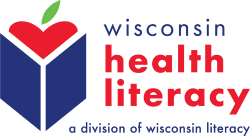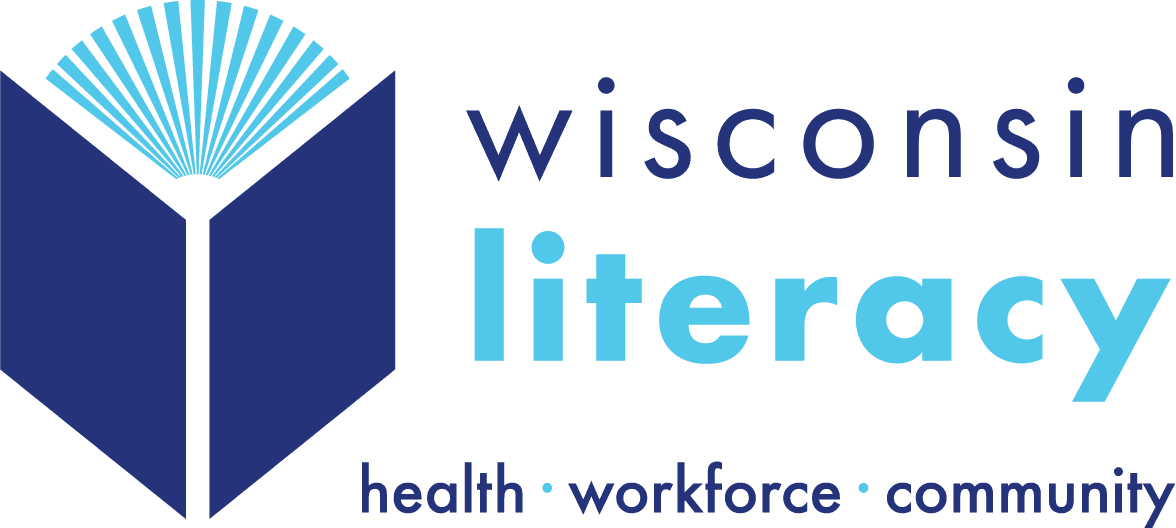Medication Label Initiative Phase 3: Expansion of New Prescription Medication Label Standards in Wisconsin
See Pharmacy Implementation Resources to get started.
Project Background:
Wisconsin Health Literacy began a three-year project to expand the earlier pilot phase to implement patient-centered prescription medication labels in Wisconsin. The pilot phase of the project found that pharmacy patients preferred the new labels and improved adherence was seen.
Funding was provided by the Advancing a Healthier Wisconsin Endowment of the Medical College of Wisconsin.
Project Partners:
Wisconsin Health Literacy, a division of Wisconsin Literacy, Inc. led the project in conjunction with Medical College of Wisconsin academic partner Kenneth D. Schellhase, MD, MA, MPH, Professor, Family and Community Medicine. In addition to participating pharmacies, collaboration is also being offered by: United States Pharmacopeia, Pharmacy Society of Wisconsin, UW-Madison School and Medical College of Wisconsin Schools of Pharmacy, Epic Systems, Wisconsin Academy of Family Physicians, and the Wisconsin Network for Research Support.
Project Activities:
- Collaborated with additional pharmacies resulting in 21% of pharmacies in Wisconsin adopting patient centered labels using United States Pharmacopeia guidelines.
- Developed an Implementation Guide and resource website for phase 3 partners and pharmacies.
- Increased awareness of new labels through communication and outreach activities.
- Formed advisory groups: In addition to having a Project Advisory Council and a Patient Advisory Group (as was done in the pilot phase), this project included the following:
- Academic Advisory Group: this group consists of experts who have engaged in research surrounding patient-centered labels.
- Sig Improvement Task Force: this group consists of key stakeholders, including Epic representatives and pharmacists, who develop recommendations to organizations to improve their directions for use to meet the USP guidelines.
- Created a Label Champions Group and other resources to assist pharmacies in implementing new labels after the completion of the project. Pharmacists from the pilot phase and this phase will participate to help new pharmacies.

